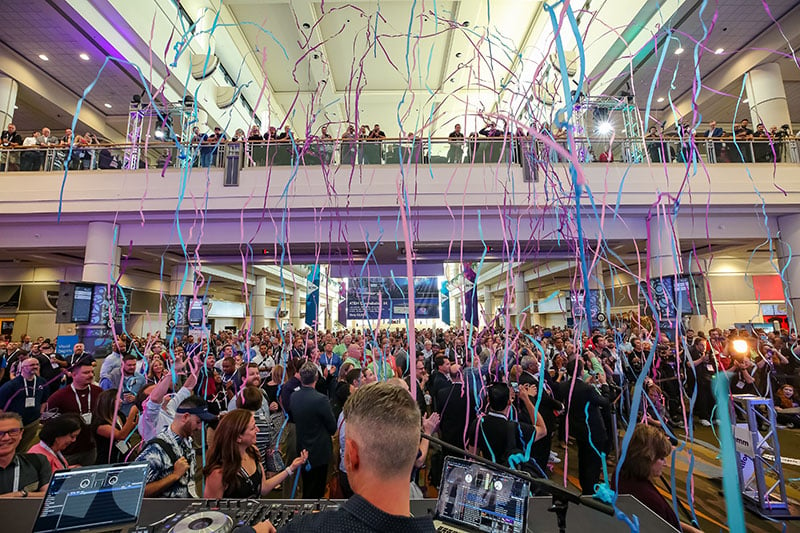Blending Software and Hardware for Critical Decision-Making in Control Rooms
Examining a real-life project deployment reveals the most important considerations for building a unified visualization solution in a control room to facilitate mission critical decision-making. Today, integrators within the control room and visualization market are constantly bombarded with new technology, making it challenging to select the appropriate solution that allows control room operators to be efficient in crisis situations. During InfoComm 2020 Connected, VuWall Technology’s Paul Vander Plaetse and Matrox’s Samuel Recine shared one of their own deployments to illustrate the number of source and source formats integrators must account for in control room videowalls.
Vander Plaetse explains the blending of hardware and software in a control room installation, the different room uses, and the different technologies these rooms require to fully function together or separately.
This facility includes:
- Control room with videowall
- Meeting room
- Supervisor offices
- Crisis room
- Training/Simulation room
- Lobby & break room
The visualization requirements are different for each location. For this design, the most important criteria are first, the performance of the equipment and second, the usability that, is more related to the software.
A larger control room facility would need to handle a very large number of pixels. The main control room alone needs to handle many video resources at many possible resolutions.
The operator’s workstation is provided with multiheaded monitors. It is controlled by KVM (keyboard, video, and mouse), and the computers are in another space away from the operations room. This workstation requires high performance graphics and high-performance extension technology for control.
The meeting room is the next important room; the AV signals for this location will need to be shared in both directions; from the control room to the meeting room and from the meeting room to the control room, so that the decisions made in the meeting room can be shared to the control room.
Supervisor offices also need to have not only workstations, but a large monitor to view content for visualizations and analysis from the workstations.
The crisis room needs large monitors to view situations similar to those in the control room but in a smaller form factor; this room or area has several workstations and wall monitors for working on specific situations. The workstations need to be very agile and be able to send any information to the video wall to manage a crisis when needed.
The training room needs to simulate workflows, so this location needs to have all the capability of the control room, but also in a smaller form factor.
The employee break area includes large monitors so employees can monitor what is going on in the control room.
The main considerations for the AV deployment in these different rooms are:
- Hardware and equipment performance
- Usability related to the central management software (using open API)
Recine notes that coupling software with the right hardware, “builds value into the overall system.”
The hardware considerations are:
- Security, when programmed into the control system. Hardware can also provide payload encryption capabilities, which adds to the system’s attributes.
- Selecting hardware that is a “good citizen on the network” – adheres to networking standards for protocols and open standards for management.
- Scalability and performance, selecting hardware that is robust in performance can assist in stability at times of high bandwidth usages.
- Programmability hardware that has partnerships in developer libraries and integration tools.
The best way to leverage the interoperability and usability of all this equipment and software is to use the capabilities provided in the hardware to help with the software control commands. Interoperability is handled by a centralized management system. This management system uses an open API (application programming interface) in the hardware to enable communication with the control software. This management software needs to be robust enough to switch both video content to various display locations throughout the system and handle the KVM control for input and monitoring.
By using hardware presets and other open source control programming methods, layers of control can be established where in one layer is the room environment control and another layer is the visualization layer for switching video content. Yet another layer can also manage the room’s lighting and other peripherals as needed.
Integrators need to consider the increasing number of sources and source formats that must be easily available on the videowall, but also available for the stakeholders throughout an organization, despite their location. The design criteria for a control room project is a question of how well-built and how well-integrated all the hardware and software is and how easy it is to deploy and operate. By examining a real project deployment, integrators will learn how they can improve control room operations while minimizing cost and risk with reduced deployment times.
Watch the full session: Video Wall Management: Blending Software and Hardware for Critical Decision-Making in Control Rooms







